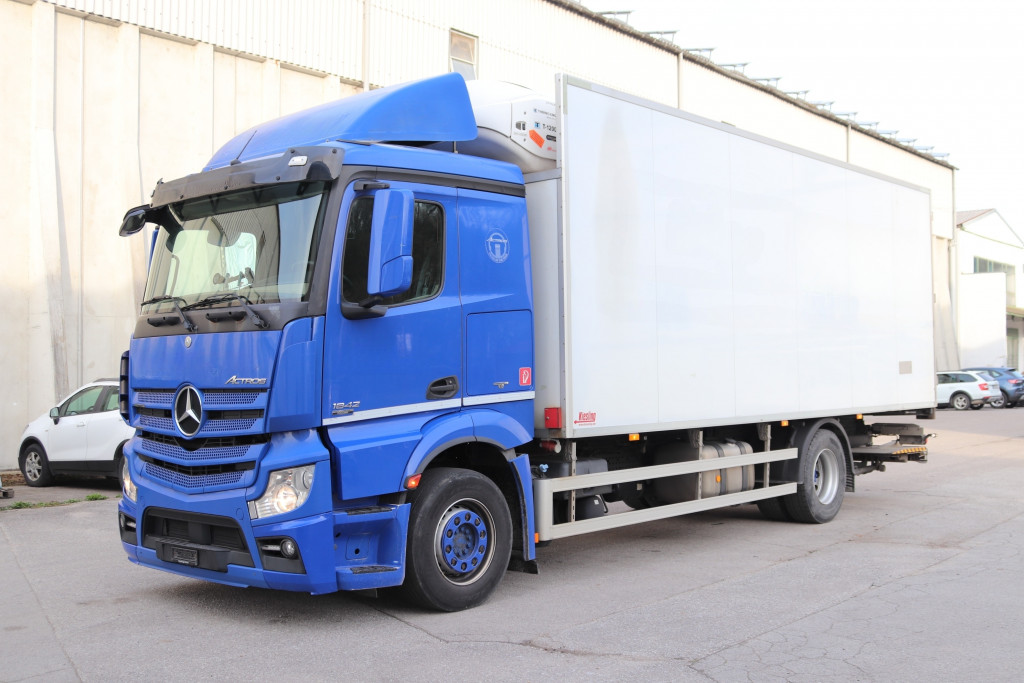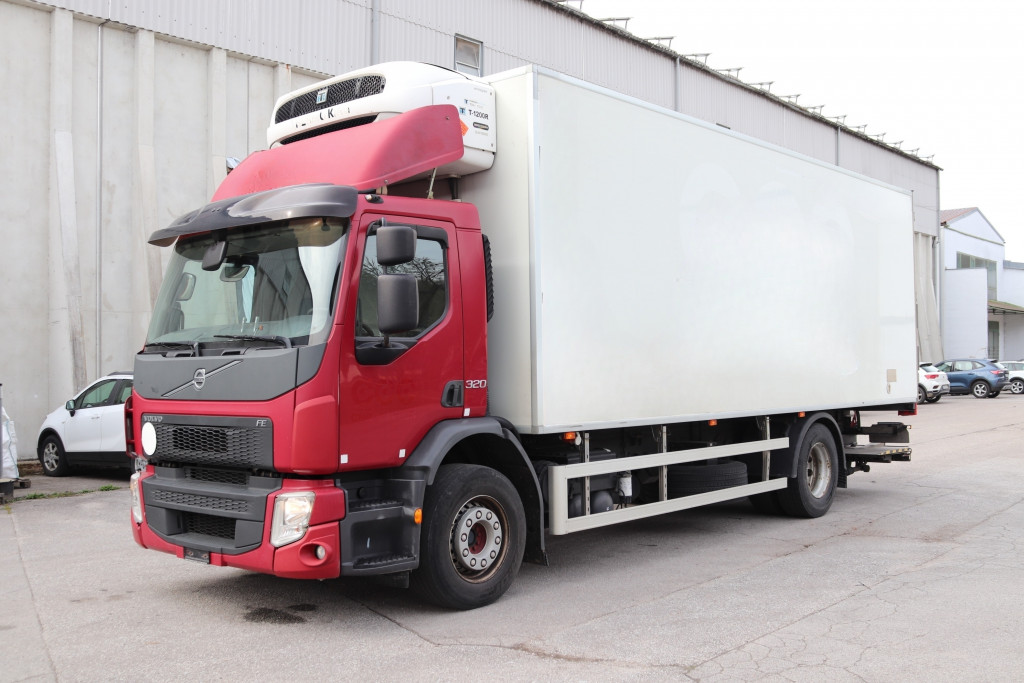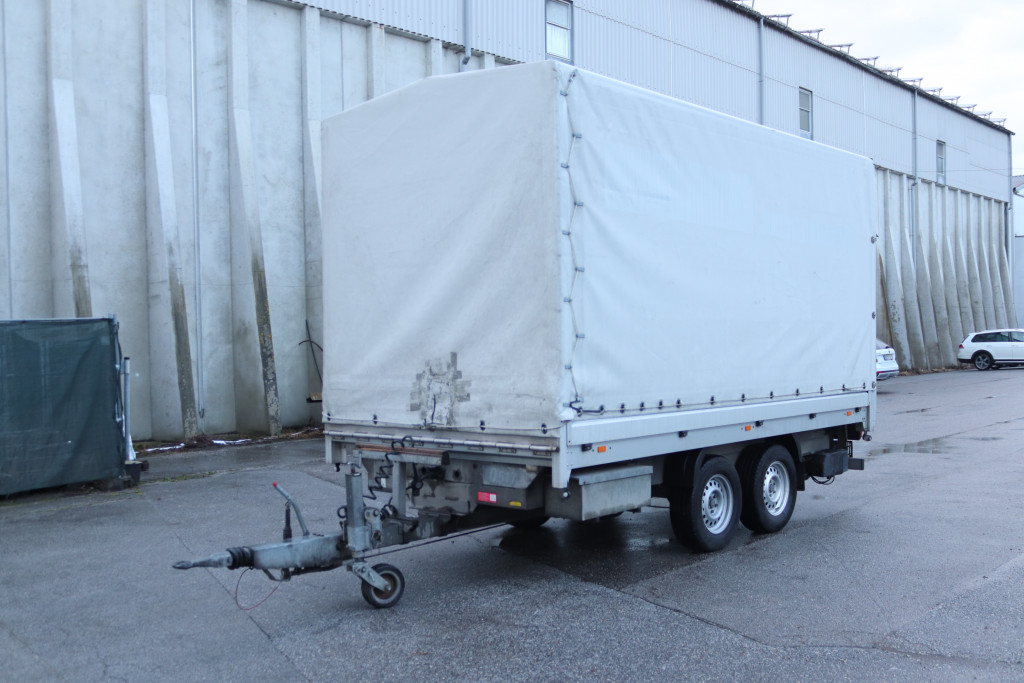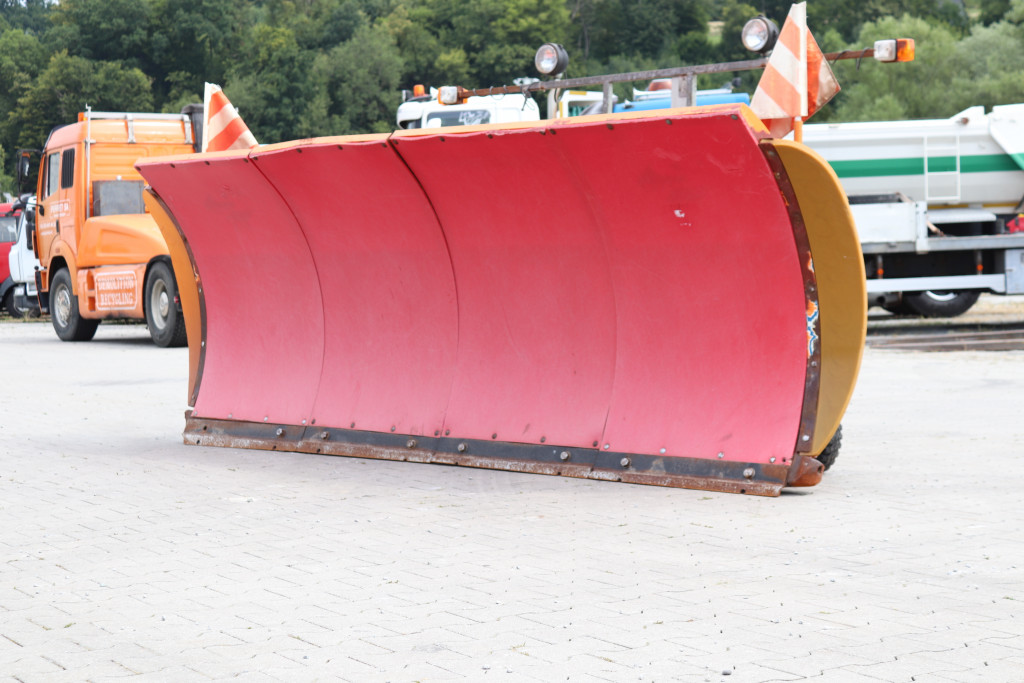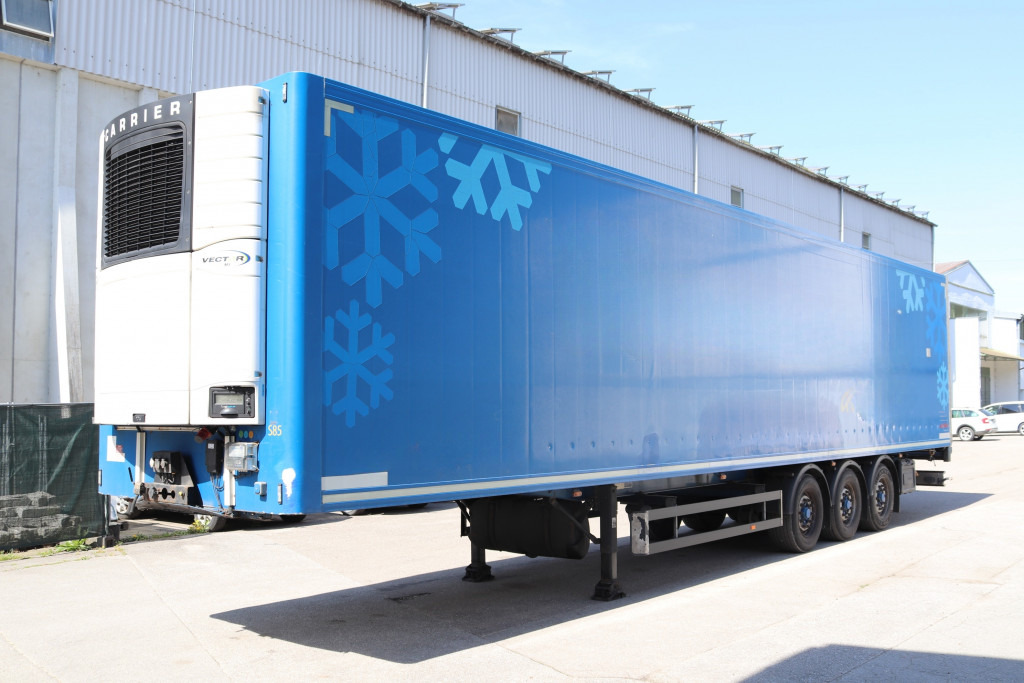Navigating Change: The European Heavy Truck Market in 2024
26.01.2024
The European heavy truck market is bracing for a slowdown in 2024, marking a shift after three years of modest production and the highest delivery levels in 15 years. The impetus behind this transformation is the increasing push for zero-emission vehicles, compelling manufacturers to introduce more electric trucks in adherence to stringent regulations.
In 2023, road haulage companies transitioned from years of extraordinary demand and supply constraints to a scenario of eased volumes in European road transport. Initially, this shift brought relief to market players grappling with truck and staff shortages. However, as transport demand decelerated throughout the year, there emerged a new dynamic characterized by increased free capacity and short-term underutilization.
Supply chain disruptions, fueled by the pandemic and war-related factors, hampered truck production in recent years. Major brands, including Scania and MAN, even suspended order intake. Long lead times and price hikes led fleet owners to postpone truck replacements, resulting in an aging truck fleet with higher maintenance costs.
Although 2023 witnessed a rebound, the gap created by lower replacement rates in previous years remains to be addressed. Some companies are adjusting fleets to match lower demand, but latent pent-up demand suggests growth potential when the business climate improves.
Despite supply chain frictions, truck manufacturers, buoyed by strong order books, resumed and increased production and deliveries in 2023. Notably, DAF achieved record levels. European registrations reached their highest level since 2008, with nearly 420,000 new medium and heavy trucks. However, market conditions are now showing signs of decline, indicating a slowdown in slow motion.
A decrease in order intake signals a retreat in the appetite for new truck investments, particularly evident in the second half of 2023. Volvo trucks, for example, experienced declining order intake compared to 2022. While order positions fill production slots, lower deliveries are expected as 2024 unfolds, contributing to an anticipated 15% decrease in new truck registrations, yet still close to the 10-year average.
An increase in the price of new trucks, coupled with rising raw material prices and a 15% spike in the European consumer price index over two years, has impacted the industry. At the end of 2023, raw material prices started easing, potentially lowering input costs for truck production. Wages, however, continue to rise. Competitive pressure amid declining demand could give buyers increased bargaining power, enticing larger players to explore attractive fleet deals.
Supply chain challenges have influenced market composition. DAF's resilience and well-received models contributed to a rise in market share. Volvo's early introduction of electric trucks positioned it favorably in new electric registrations. In contrast, MAN, particularly prominent in Germany, faced production interruptions in 2022, impacting orders.
Over the past three years, disruptions in parts supply, including semiconductors, constrained production. Constraints eased in the run-up to 2023, but supply chains remain vulnerable. The composition of European truck sales is set to change, driven by a push for rapid decarbonization. European truck manufacturers face CO2 reduction targets of 15% by 2025 and 30% by 2030, with electric trucks taking center stage.
Battery electric trucks, considered the most efficient zero-emission configuration, gained momentum in 2023, especially in Germany, the UK, and the Netherlands. The higher price of electric trucks, ranging from €250,000-400,000, remains a challenge. While prices are not expected to drop soon, developments in battery prices and upscaling may provide relief.
To meet CO2 targets, the installed fleet of zero-emission trucks must expand to 400,000 by 2030. Charging infrastructure, essential for electric trucks, remains sparse, requiring significant expansion. A European joint venture aims to create 1,700 fast charging points by 2027, but a larger figure is needed to meet CO2 reduction ambitions.
Changes in the selling and ordering process of new trucks have emerged since the pandemic and supply chain disruptions. Manufacturers now seek more control over the process as regulatory pressure intensifies. CO2 reduction targets mandate a 15% reduction in emissions by 2025 and 45% by 2030, urging manufacturers to prioritize electric trucks or face substantial fines.
In conclusion, the European heavy truck market stands at a crossroads, balancing challenges arising from supply chain disruptions and a shifting demand landscape with opportunities presented by the imperative for decarbonization and the rise of electric trucks.
